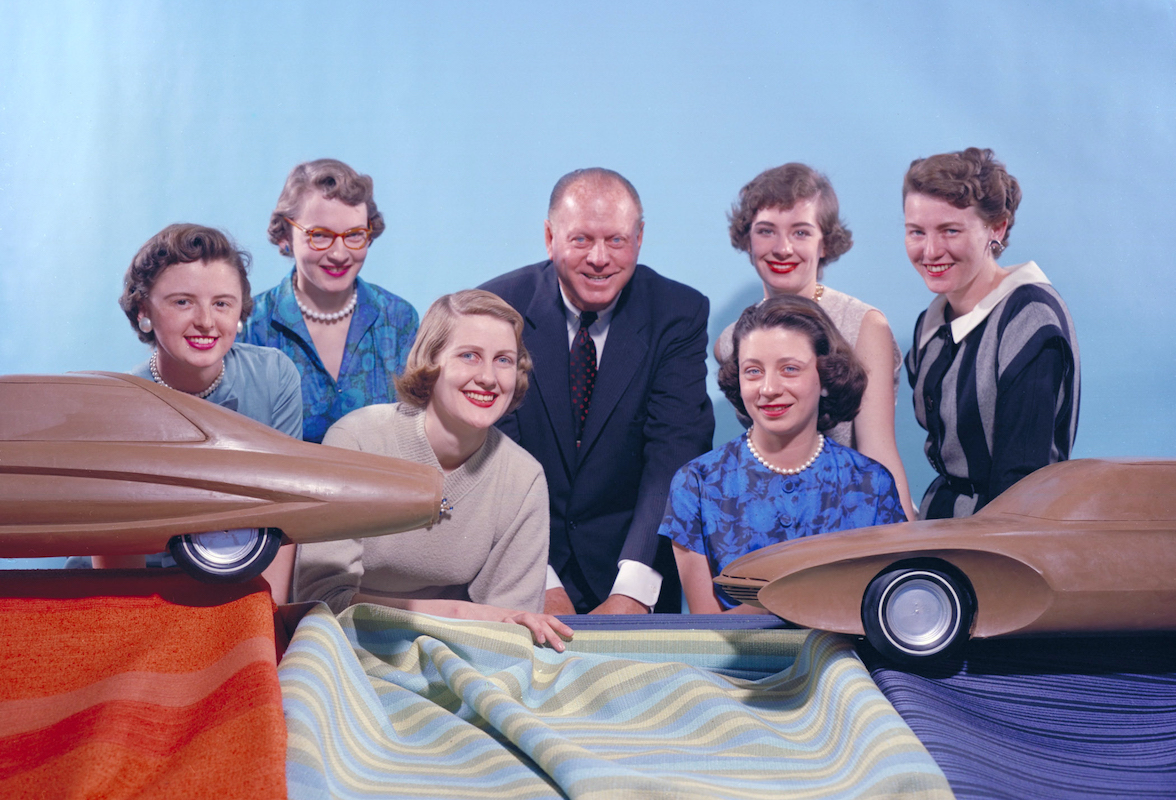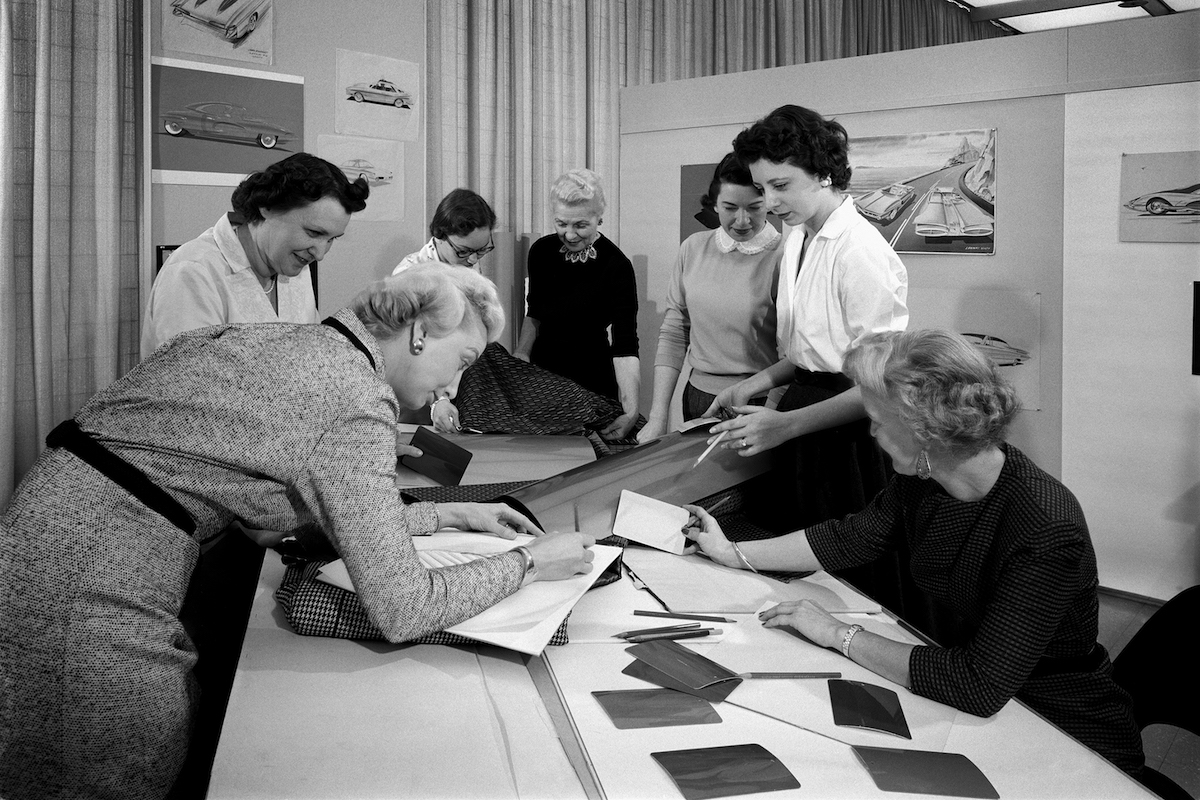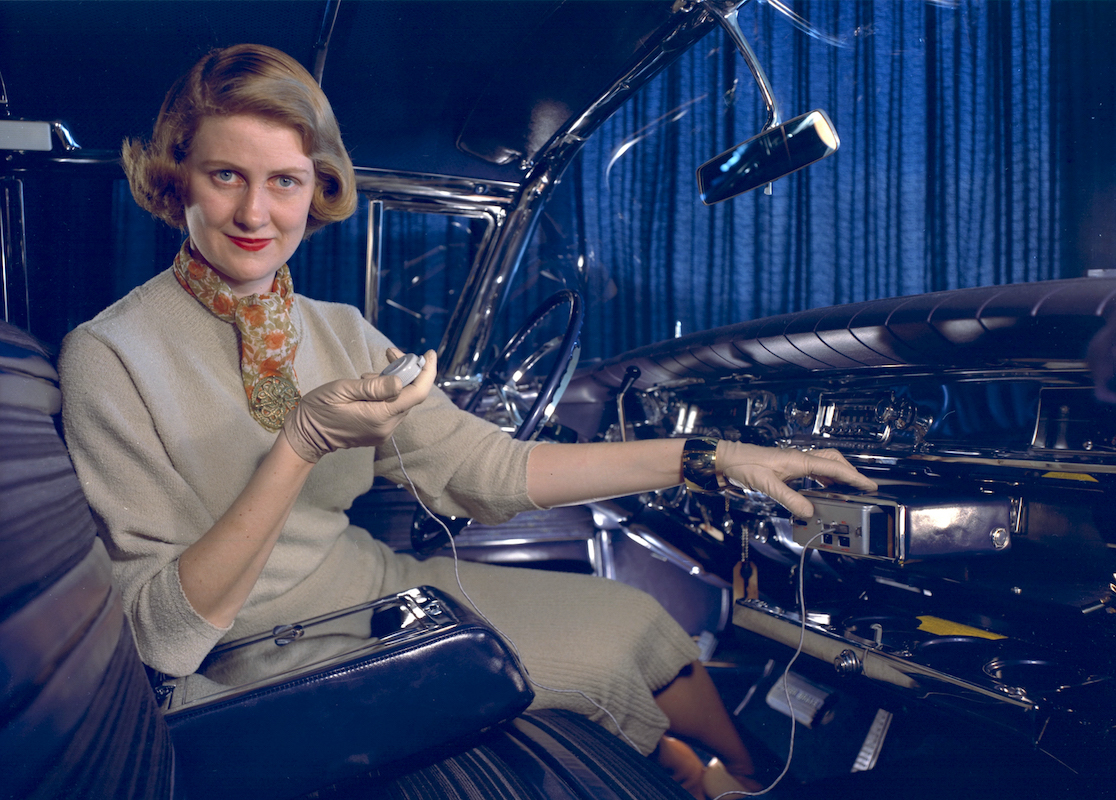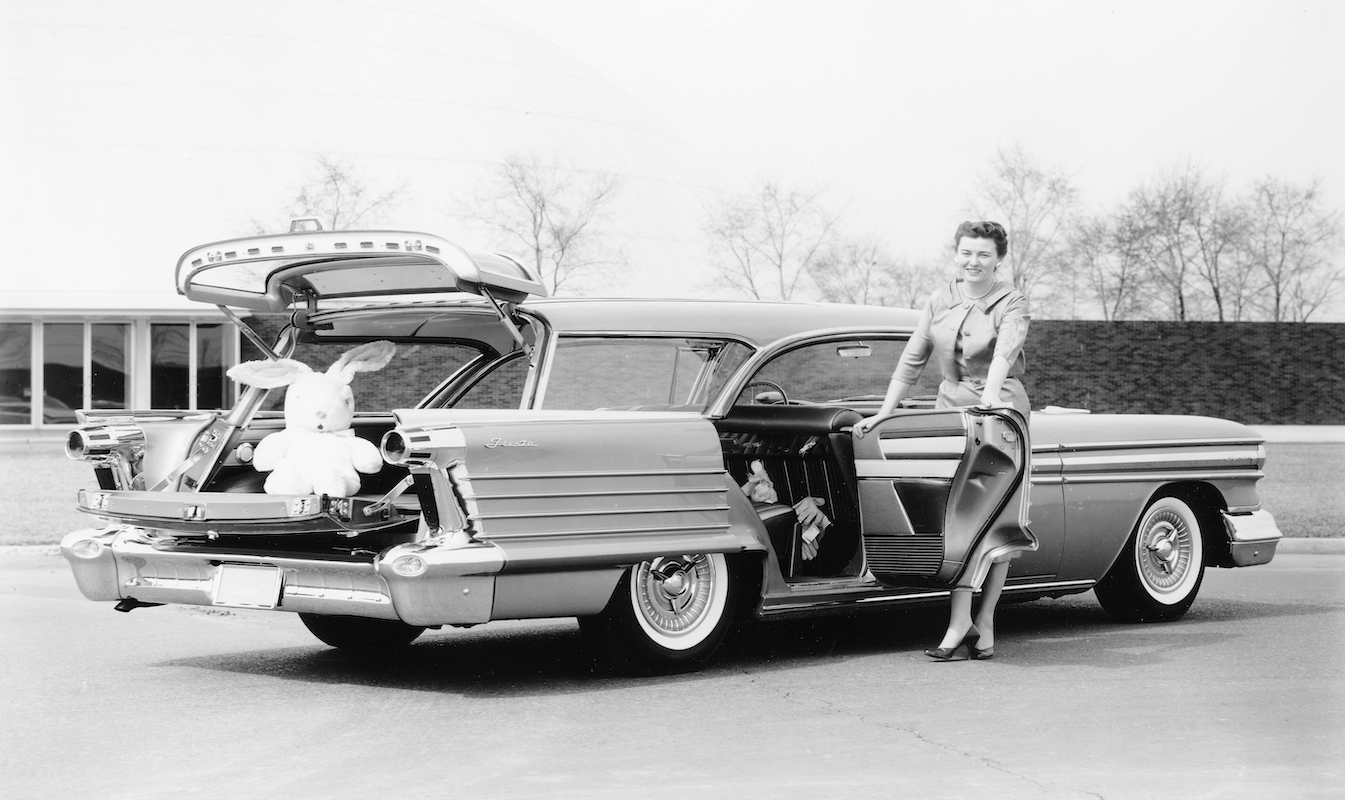This website uses cookies so that we can provide you with the best user experience possible. Cookie information is stored in your browser and performs functions such as recognising you when you return to our website and helping our team to understand which sections of the website you find most interesting and useful.
Damsels of Design
By Rory FH Smith | 11 April 2022 | Cars & Yachts, Lifestyle
Tempus remembers the remarkable women who defied the odds in the male-dominated, mid-1950s Mad Men era of automotive design to create some of the most innovative features found on cars to this day

Picture this: it’s 1955 in motor city, Detroit, USA. Memories of the Second World War are starting to fade and give way to optimism, prosperity and technological advancement. The streets are alive with the sound of steel presses stamping car panels for Ford, Chrysler and General Motors, while new artist Bill Hayley and His Comets’ “Rock Around the Clock” plays on the radio. A brand- new Cadillac Coupe de Ville drives down Detroit’s vast Woodward Avenue, covered in chrome and sporting fins like a fighter jet and exhausts like rocket boosters.
There’s a tangible feeling of change in the air, not least in General Motors radical, space- inspired Technical Centre, designed by Eero Saarinen. Here, General Motors’ legendary vice president of design, Harley J Earl had, a few years earlier, made a radical decision. In an industry almost exclusively dominated by men, the automotive executive recognised the need for diversity in design thinking and hired his first female designers, who went on to make their mark in the company throughout the 1940s.
By the mid-1950s, he had expanded his team, hiring in a group of 11 female designers, most of whom had recently graduated from New York’s prestigious Pratt Institute. By the time the first six were in post, General Motors’ public relations department had already dubbed them ‘the damsels of design’.

Although the name wasn’t particularly flattering for a group of talented designers, each with their unique creativity and flair, it was a major step-change in the workplace and a decision that would shape the cars we drive to this day. However, Earl’s thinking wasn’t entirely driven by a desire for female empowerment. Witnessing the societal changes in post-war America, the GM boss believed that women designers could help make automobiles more attractive to female consumers, stating in a press release at the time that, “the skilled feminine hands helping to shape our cars of tomorrow are worthy representatives of American women, who today cast the final vote in the purchase of three out of four automobiles”.
While Earl might have been busy thinking of new ways to sell more cars, his crack team of designers got to work, making their mark and excelling in the Mad Men era of the automotive industry. Earl’s early hires included Helene Rother, who joined the company in 1943, and Amy Stanley in 1945, before Earl recruited the larger group of 11 female designers a decade later. Working for brands like Buick, Cadillac, Oldsmobile, Pontiac and Chevrolet, the ‘damsels’ largely worked on the interior design of seats, doors, trim, detailing, colour and fabrics.
Between them, their design work touched tens of millions of car owners, pioneering devices such as child seats, safety latches, illuminated makeup mirrors, retractable seat belts and even advanced head-up displays, which have only become more prevalent in recent years.

Impressed by their work, Earl decided to hold an exhibition in 1958, called the Feminine Auto Show in the company’s hometown of Detroit. Held in GM’s very own futuristic Styling Dome, the designers showcased a variety of bold new fabrics, exterior colours and interior features. One particular car – a 1958 Oldsmobile “Carousel” station wagon – had a magnetised back to the front seat which, when used along with built-in flexible straps, could hold toys in place. Alongside this, the car sported door warning chimes and rear window controls on the dashboard, all of which have gone on to be common features on today’s cars.
Although the arrival of women in GM’s design department was a radical departure from the norm, it was a relatively short-lived experience. When Earl retired from GM in 1958 after 31 years in the job, his replacement – Bill Mitchell – didn’t share the same enthusiasm for the group of female designers. “No women are going to stand next to any senior designers of mine,” said Mitchell in 1959, just one year on from Earl’s departure. Still, some remained in post and continued to challenge the norms of car design while others left to take up jobs at other companies like IBM, start families or work in other areas of design.

While the branding of this innovative and pioneering group as ‘damsels’ was demeaning, the tales of each have gone on to inspire countless women and men to defy the odds and blaze a new trail in not just the workplace, but in wider society. Other than the inspired inventions this crack team of designers gave the world, more importantly, they broke the mould and showcased what was possible for women in an era when societal restrictions were rife and resolute.







